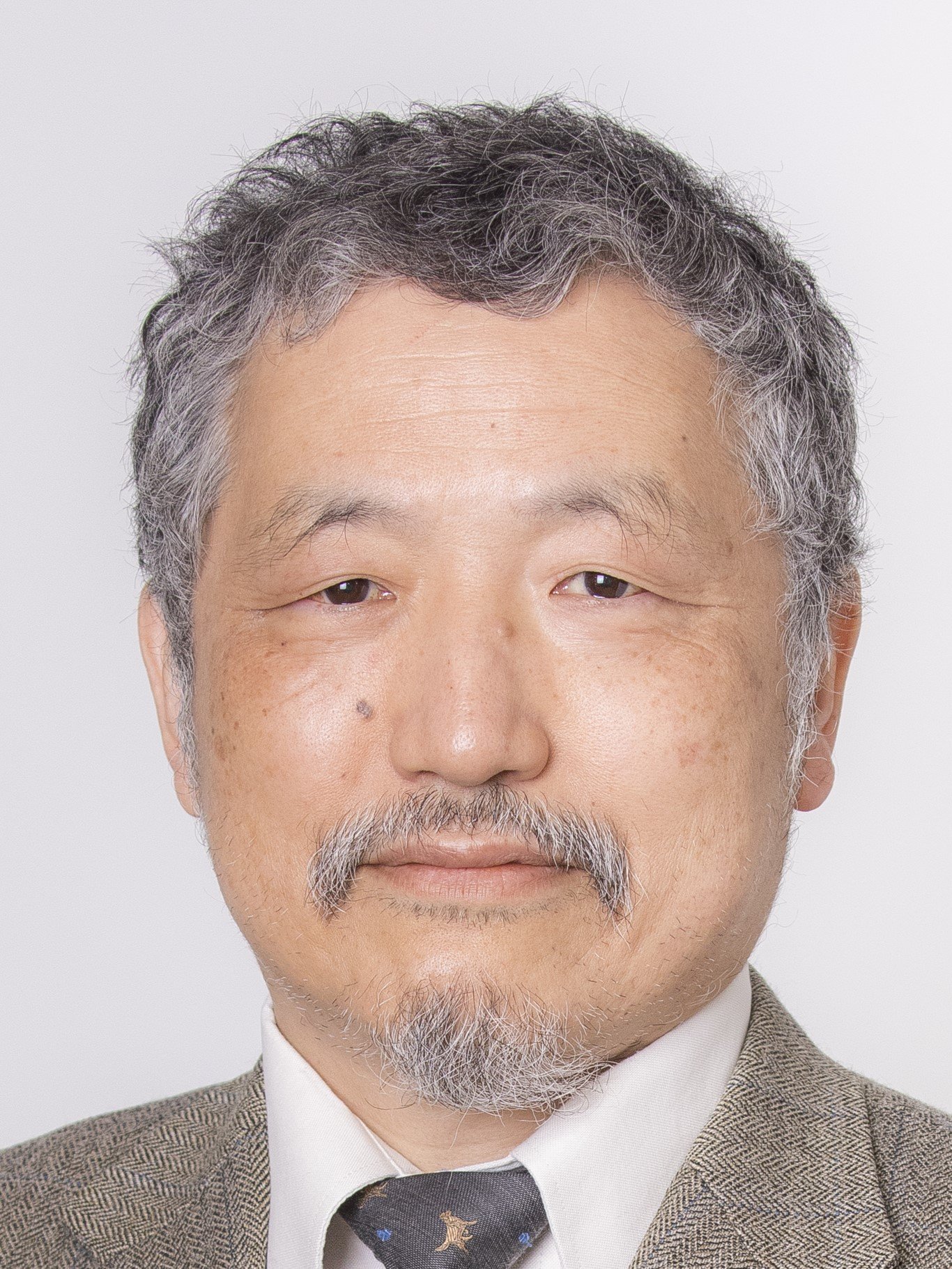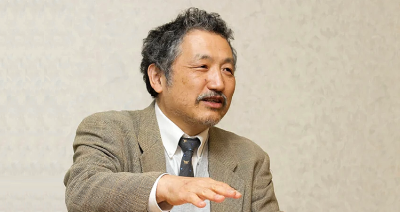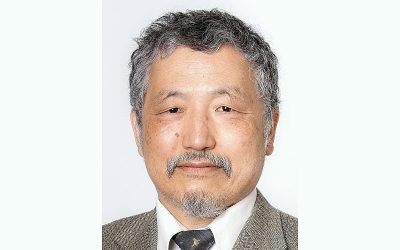
In July 2021, CGN (China General Nuclear Power Group) admitted that fuel rods at the Taishan nuclear power plant had been damaged. Although the damage was minor, the reactor was shut down and the fuel rods were replaced. Large amounts of radioactive substances produced by nuclear fission, such as cesium, are normally confined in fuel rods, but if damaged, they can escape into the reactor vessel and contaminate cooling water and gas processing systems. Cooling water can be filtered to remove cesium, etc., and made into safe water at a sufficiently diluted concentration. On the other hand, gas is difficult to adsorb and does not pose safety problems unless the amount is large, so it is usually vented to the atmosphere. At the Taishan Nuclear Power Plant, contaminated cooling water is also treated and discharged into the sea after its safety is confirmed. Gas has also been released into the atmosphere while ensuring its safety.
The Taishan incident was not an accident, but a minor problem. However, radioactive materials normally contained in nuclear fuel, which should be contained in fuel rods, contaminate cooling water and are eventually released into the ocean and atmosphere. Chinese authorities have confirmed that the plant is safe.
The ALPS (Advanced Liquid Processing System) treated water at the Fukushima Daiichi Nuclear Power Plant, like Taishan, uses filters to remove radioactive materials from nuclear fuel, and is released into the environment after confirming that the amount is sufficiently low. Not only the Japanese authorities but also the IAEA have confirmed that it is sufficiently safe.
In this way, radioactive materials from nuclear power plants are released into the environment after thorough safety confirmation. It is the same in China and Japan.
Radioactive substances are naturally present in the environment. 0.08Bq/L of uranium is dissolved in seawater, and about 1Bq/L of tritium is contained in drinking water. We are surrounded by radioactive substances. Compared to these naturally existing radioactive substances, if the amounts are small enough, they will have no effect on the environment. In other words, both the Taishan nuclear power plant and the Fukushima Daiichi nuclear power plant release radioactive substances into the environment, but they have no effect on the environment. It can only be assumed that the Chinese government continues to spread false rumors as propaganda, even though it understands the scientific safety of ALPS treated water.
In nuclear power plants, various radioactive substances are generated in the cooling water simply by operating the reactor. Normal water is typically used in nuclear power plants to cool the reactors. Water consists of hydrogen (H) and oxygen (O), expressed as H2O. Water also contains very small quantities of deuterium (D), which has a neutron attached to a hydrogen nucleus. The deuterium absorbs the attached neutron in the reactor to produce hydrogen-3, or tritium (T). Tritium is a radioactive substance that emits beta rays. In other words, the more reactors are operated, the more tritium is automatically produced. This tritium is an isotope of hydrogen and is difficult to separate. A nuclear power plant that uses heavy water as a coolant, such as the Qinshan Nuclear Power Plant in China, produces hundreds of times more tritium than normal nuclear power plants, because the hydrogen atoms in heavy water are all deuterium, rather than the common hydrogen-1 isotope.
Tritium, which is produced in large quantities, is extremely thin and difficult to separate, so it has traditionally been released into the environment. For example, according to the China Nuclear Energy Yearbook 2022, 47 trillion Bq of tritium has been released into the sea from the Taishan nuclear power plant. The permissible amount is 140 trillion Bq, and it has been reported that there are no safety problems. At the Qinshan Nuclear Power Plant, which operates a heavy water-cooled reactor, the amount of tritium released is high, about 220 trillion Bq, but the permissible amount is 800 trillion Bq, so there is no safety problem.
In addition to tritium, nuclear power plants also release radioactive substances such as carbon-14 into the ocean and atmosphere without being able to separate them. In particular, the Taishan nuclear power plant releases 12 trillion Bq of radioactive inert gas such as krypton-85 into the atmosphere, but the permissible amount is 145 trillion Bq, so there is no safety problem. As described above, nuclear power plants around the world continuously release radioactive materials into the environment in safe amounts.
ALPS treated water is released after all substances other than tritium have been sufficiently removed. The annual release of tritium is less than 22 trillion Bq, which is lower than Taishan’s 47 trillion Bq. Carbon-14 is also about 0.001 trillion Bq, much lower than Taishan’s 0.4 trillion Bq.
Again, radioactive materials are already present in the environment. Both China and Japan take into account the amount of these radioactive substances that originally exist and release them after confirming that they have no effect on the environment. There is no safety problem at all.

(Koji Okamoto, Professor, The University of Tokyo)
ADVERTISEMENT
ADVERTISEMENT





































